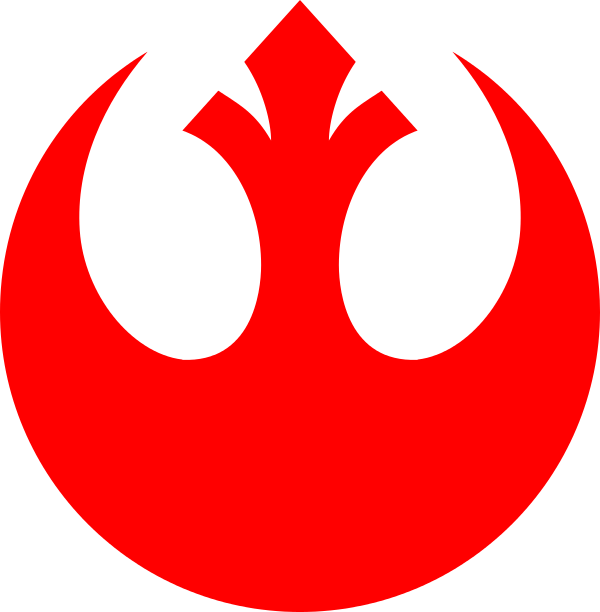Loading . . .

THE REBEL SQUADRONS
http://www.rebelsquadrons.org
Fleet Commander Directive 2014-03
Command Authority
This document describes the nature of command authority in the Rebel Squadrons.
I. GENERAL
1. Source of Authority. The High Command, acting as a group, is the highest authority within the Rebel Squadrons (Bylaws 2.5). The High Command selects the Fleet Commander, and in doing so, grants him or her command authority over the club (Bylaws 2.2). Through the appointment of subordinate officers to various club positions, the Fleet Commander delegates his or her authority to other members to aid in carrying out the mission of the Rebel Squadrons. As such, all appointments within the club derive their ultimate authority from the Fleet Commander, who derives his or her authority from that of High Command as a whole.
Note that individual members of High Command do not have authority over the Fleet Commander; only the body of High Command as a whole may exercise authority over the Fleet Commander.
2. Responsible Exercise of Authority. Because all officers operate on the Fleet Commander's authority, they must be good stewards and utilize that authority responsibly. Failure to do so can result in removal from office or judicial charges. Ultimately, the Fleet Commander bears final responsibility for the actions of all officers in the club.
3. Limitation of Authority. The Fleet Commander, in delegating his or her authority to other officers, may place limits upon that authority as he or she sees fit. These limits are expressed in the description of each role and the specific authority delegated to that role. Some officers may be authorized to delegate their authority further, but such an authorization must be explicitly granted in their role. Officers may not exceed the authority given to their role.
II. TYPES OF COMMAND AUTHORITY
4. Types of Authority. Officers within the Rebel Squadrons may exercise two types of command authority, administrative and operational.
5. Administrative Authority. Administrative authority is authority over actions affecting an individual's membersihp and status in the club. Some examples of administrative authority are:
- Appointing individuals to new positions
- Removing individuals from existing positions
- Changing a member's status (e.g. Active to AWOL)
- Promoting an individual
- Awarding a medal
- Enacting judicial sanctions against a member
- Transferring a member to another squadron
6. Operational Authority. Operational authority is authority to issue directives to other members, such as assigning roles on a project, requesting reports from other members, or ordering members to change their conduct.
III. LINE AND STAFF POSITIONS
7. Classification. All club positions must be classified as either line or staff positions. Line positions always grant both administrative and operational authority, while staff positions generally grant only operational authority. Further, staff positions generally grant a limited amount of authority related to a specific staff role, while line positons grant a broader overall authority.
Line positions derive their name from the line stretching from the Fleet Commander through the Executive Officer and down to the Squadron COs, as described in Bylaws 2.1. Each of these positions grants line authority over increasingly larger groups. In contrast, the authority of a staff position is either derived directly from a line position, or indirectly from another, higher staff position.
IV. CHAIN OF COMMAND
8. Definition. The Chain of Command is the line stretching from each member, through the line officers, to the Fleet Commander. Every member has one and only one Chain of Command; every member has one and only one line officer directly above them in the chain of command.
9. Use. The Chain of Command is a tool used to help members resolve issues at the lowest level possible. It promotes the autonomy and authority of Squadron COs by encourging general members to seek guidance from local leaders, rather than more senior club officers. Members should always go to the next line officer above them in the Chain of Command with questions, issues, concerns, or suggestions.
10. Staff Roles and Exceptions to the Chain of Command. Members should use the Chain of Command for their day-to-day needs as much as possible. However, there are some exceptions to this.
- All members may contact the Arbitrator directly, regardless of the Chain of Command.
- When specifically instructed otherwise, members may directly contact staff with questions or concerns.
- Members working in staff positions in addition to their squadron role should report to their staff supervisor for issues relating to their staff assignment, and through the Chain of Command for all other issues. Note that in any case where these two were to conflict, the Chain of Command always takes precedence.
11. Special Role of Fleet Commander and Executive Officer. Both the Fleet Commander and the Executive Officer are line officers and hold positions within the Chain of Command. However, each is also a member of an individual squadron. Because of their inherent authority, neither the Fleet Commander nor the Executive Officer are subordinate to their individual Squadron CO. The Fleet Commander serves as the line officer above the Executive Officer, and High Command acting as a group serves this role for the Fleet Commander. Membership of these two officers in a specific unit is for scoring and competition purposes only and does not affect the Chain of Command.
This directive is effective 01 September 2014.
| Lamin Zykara Commodore Fleet Commander |



